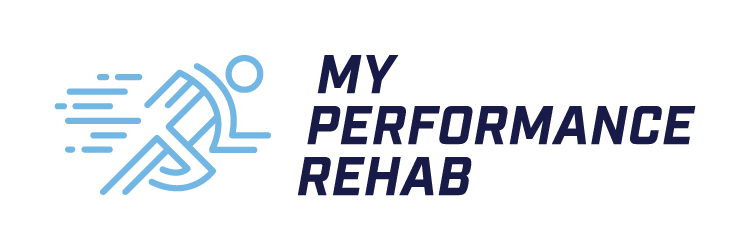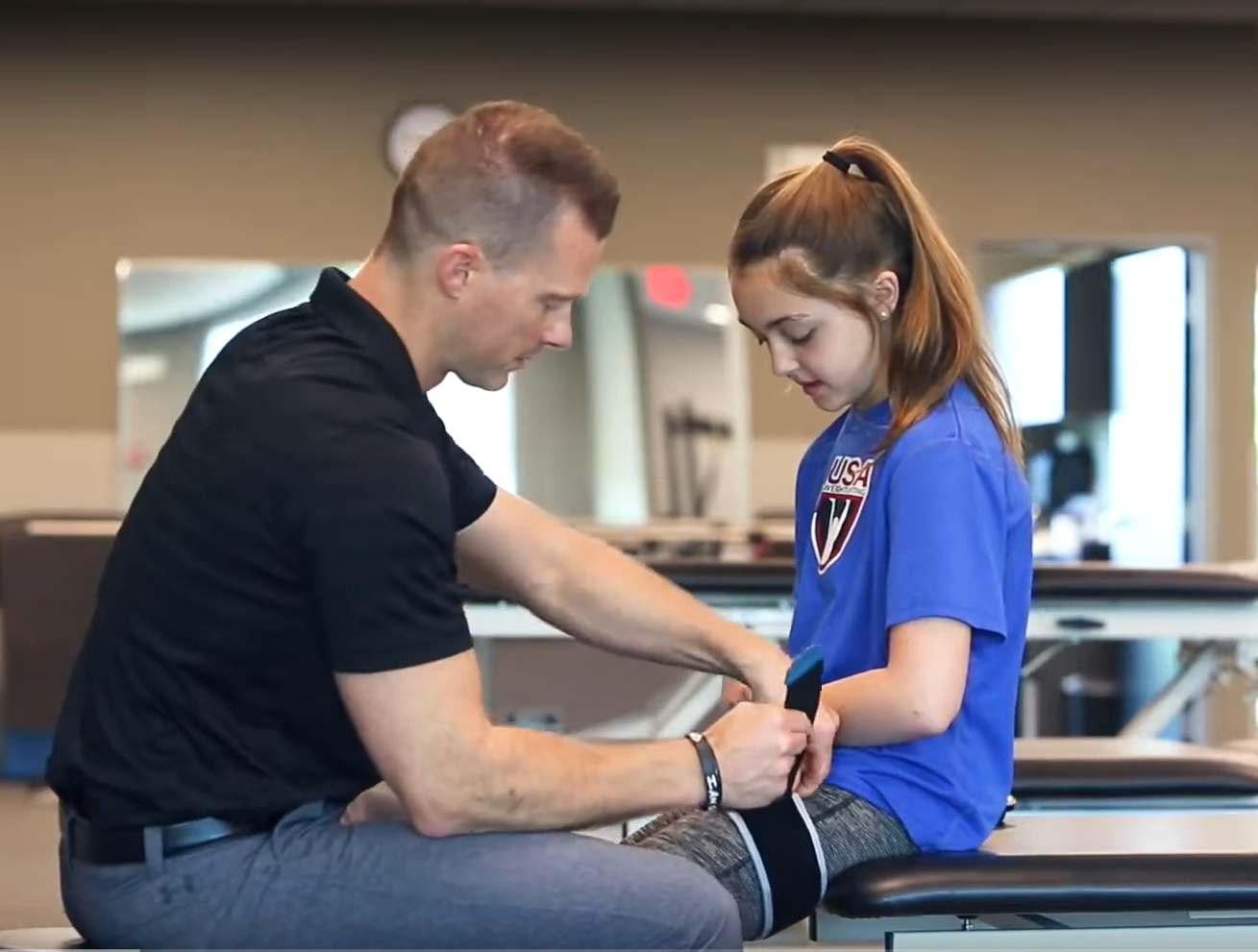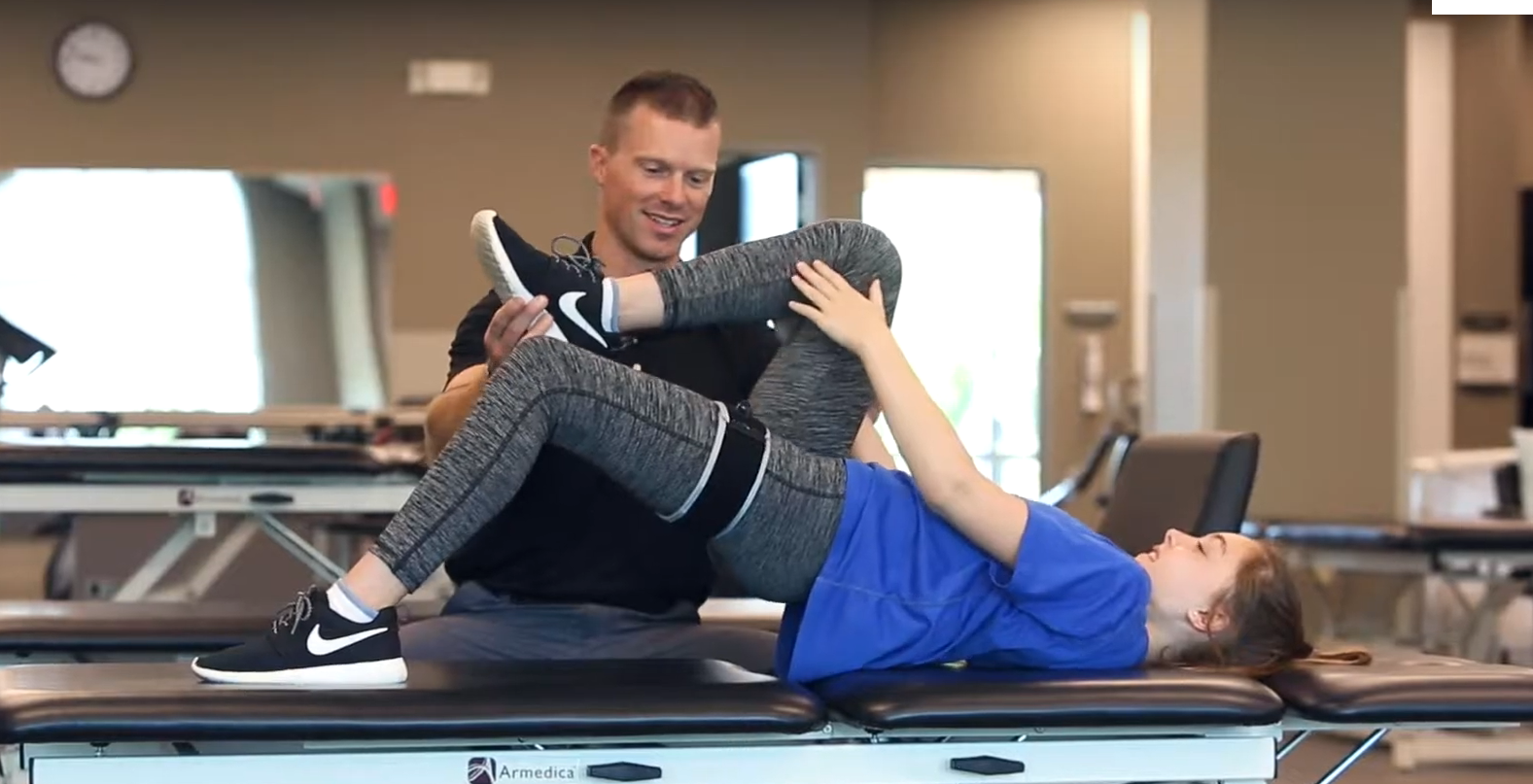The BSTRONG
The BSTRONG Difference
Thank you for the opportunity to tell you more about BSTRONG Blood Flow Restriction (BFR) training. While I would prefer to simply tell you about the BSTRONG system and all of the qualities and attributes that drew me to it and why I feel it sets itself apart, I understand the need to elaborate and differentiate BSTRONG amongst its competitors. So, I will try to be as objective as possible as well as not overly critical of other systems - I am a clinician and not in sales - so that will be my approach in addressing this subject matter.
1) First, BSTRONG's product was meant to be safe and effective for anyone. It is for the medical professional, as well as general public. Like any device or product, an individual who is more educated and trained with its utilization, can apply it more effectively.
* Designed and packaged to be affordable for both medical & fitness professionals, as well as personal utilization.
* Comfort and function built into the design - width and elasticity to allow natural motion and any exercise to be performed: squat, run, jump, cycle, even swim!
* Unprecedented durability - is being used by the military, professional sports organizations, universities, clinical and hospital organizations
2) Secondly, it is important to understand why given parameters of restriction are used in all BFR devices. This is one of the most common question I get regarding BSTRONG vs other BFR products. Basically, it is a clinical guideline based on the product itself. All products have their own guidelines as part of their system(s). Tourniquet-based systems use Limb Occlusion Pressure (LOP). Systems (like Kaatsu and BSTRONG) are based on material properties and the device itself...in other words, the pressure going into the cuff/band is not the same pressure that it would take to stop the flow of blood (like a tourniquet or blood pressure cuff). This all has to do with different methodology, but with the same principles. Basically, how blood flow is being modified.
No matter what system you choose, you want to make sure arterial flow is not occluded.
- BSTRONG does this by a proprietary and patented design with multiple chambers and materials that makes it "impossible" to occlude arterially.
- Tourniquet-based devices do this by going to occlusion and backing off to a somewhat arbitrary percentage of limb occlusion...the available research says 40-80% of LOP is safe and effective. Well, that is a huge range! How would one know where to start with a given client in a given situation. 80% has not been shown to be MORE effective than 40% and 40% has not been shown to be MORE safe than 80%. So, while you are "measuring" something, it is still a huge range.




